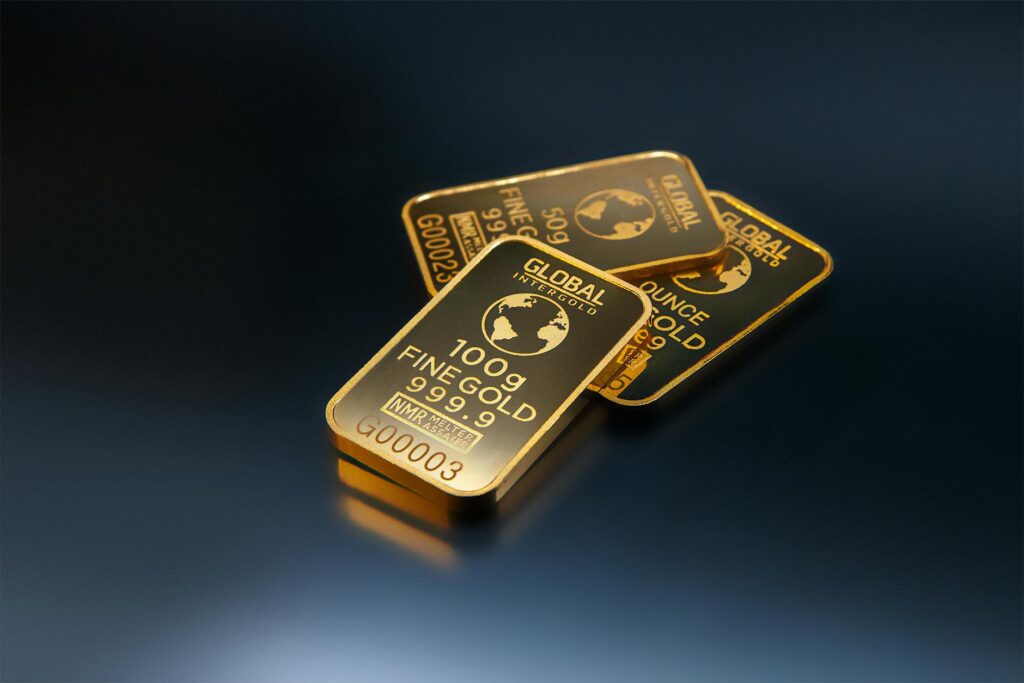
The crypto market has been a rollercoaster since Donald Trump’s January 2025 inauguration, with bitcoin plunging 19% and the total crypto market shedding 26%. Yet, amid the turmoil, one asset class is shining brighter than ever: tokenized gold.
A new report from CEX.IO reveals that tokenized gold’s market cap has surged 21% since January 20, hitting a staggering $2 billion, as investors flock to safe havens. But what’s driving this golden rush in a sea of red?
Tokenized gold, digital assets backed by physical gold like Paxos Gold (PAXG) and Tether Gold (XAUT), has become a beacon for crypto-native investors seeking stability. The CEX.IO report highlights a 900% spike in PAXG weekly trading volumes and a 300% jump for XAUT since Trump took office. This frenzy pushed tokenized gold trading volumes past $1 billion weekly—the highest since the U.S. banking crisis in March 2023.
Alexandr Kerya, a CEX.IO analyst, points to rising geopolitical tensions and tariff uncertainties as key catalysts, noting that tokenized gold is emerging as a go-to hedge in the Web3 space.

The broader market context paints a stark contrast. Stablecoins, often seen as a safe bet, only grew 8% in market cap during the same period, while bitcoin and the wider crypto market bled value. According to CoinGecko data, tokenized gold’s market cap swelled 5.7% in just 24 hours on April 9, 2025, underscoring its resilience.
This isn’t a fluke—physical gold prices have also rallied, reflecting a global flight to safety amid Trump’s tariff policies and escalating tensions in the Middle East, as noted in a 2024 World Gold Council report showing annual gold demand hitting a record 4,974 tons.
What makes tokenized gold so appealing? For one, it blends the best of both worlds: the security of a traditional asset with the efficiency of blockchain technology. Unlike bitcoin, which has shown a near-perfect negative correlation to gold-backed tokens during geopolitical crises, tokenized gold offers a tangible anchor. Bob Elliot, former Bridgewater executive, highlighted this dynamic in 2024, noting bitcoin’s failure as a geopolitical hedge compared to PAXG during Middle East tensions.
Fast forward to 2025, and the trend holds—investors are doubling down on real-world assets (RWAs) as the crypto market grapples with regulatory shifts under Trump’s administration.
The timing isn’t coincidental. Trump’s pro-crypto stance has been a double-edged sword. While his family’s World Liberty Financial venture recently launched a stablecoin and sold $550 million in WLFI tokens, his tariff policies have rattled risk assets, including cryptocurrencies. A New York Times report from March 2025 noted Trump’s administration easing crypto regulations, yet the market remains jittery. Tokenized gold, however, thrives in this uncertainty, offering a decentralized alternative to traditional gold ETFs, which saw stable holdings in 2024 after years of outflows, per the World Gold Council.
But can this golden surge last? Some analysts see tokenized gold as a cornerstone of the growing RWA trend in DeFi, where real-world assets are tokenized to unlock liquidity and accessibility. Others caution that the rally may cool if geopolitical tensions ease or if bitcoin regains its footing.
For now, the data speaks volumes: tokenized gold is not just surviving the crypto winter—it’s thriving. As Kerya puts it, “In a market where risk assets are struggling, tokenized gold is proving its worth as a safe haven for the digital age.”
For crypto enthusiasts and curious newcomers alike, tokenized gold’s rise offers a compelling narrative. It’s a story of resilience, innovation, and the enduring allure of gold—now reimagined on the blockchain. As the crypto market navigates uncharted waters, one thing is clear: in times of chaos, even digital investors can’t resist the shine of gold.


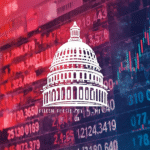
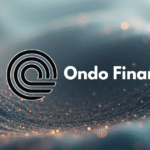

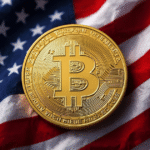



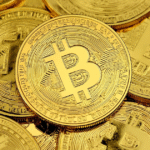


 Join our Telegram Channel
Join our Telegram Channel